| This October I attended a continuing education course: Functional Biomechanics of the Lower Quarter taught by Christopher Powers, PT, PhD, FACSM, FAPTA. I walked away from the weekend with much more appreciation for the gluteus maximus. The glute max works in 3 planes at the hip: extension (moving leg back behind the body), abduction (moving the leg away from the body out to the side), and external rotation (rotating the thigh so the knee moves outward). |
|
The glute max is key to controlling the trunk over the pelvis, to the stability of the pelvis and to the lower quarter. When the glutes are weak, you will see increased leaning of the trunk, excessive pelvic drop on non-weightbearing leg, and poor femur control (medial collapse of the knee & internal rotation of the femur). Dr. Powers says, "If something isn't being used, something else is being overused." If you have pain in your back, your hip, your knee, or your foot, stop right now and do this self assessment of your glut max. Video yourself and observe your trunk, your pelvis and your knee as you step down and back up from an 8 inch step. My glutes need some work on both sides, but notice that I have less control with my right leg in this test. I have a harder time keeping my trunk upright, my pelvis drops, and my knee collapses in and is wobbly. What I really like about Dr. Powers program is that he provides a systematic 8 level training program for the glut max. You cannot go to the next level until you are able to pass the lowest one with ease and control. I have provided the first level of glute training here. Have fun, and may you be blessed with buns of steel! Susan McLaughlin is a physical therapist who specializes in the management of pelvic floor and orthopedic dysfunctions. She is the owner of ALIGN integration|movement in Salt Lake City, UT. Helpful tips and other self care strategies can be found at www.alignforhealth.com.
0 Comments
Get Moving!
Susan McLaughlin is a physical therapist who specializes in the management of pelvic floor and orthopedic dysfunctions. She is the owner of ALIGN integration|movement in Salt Lake City, UT. Helpful tips and other self care strategies can be found at www.alignforhealth.com.
Susan McLaughlin is a physical therapist who specializes in the management of pelvic floor and orthopedic dysfunctions. She is the owner of ALIGN integration|movement in Salt Lake City, UT. Helpful tips and other self care strategies can be found at www.alignforhealth.com.
Lack of joint mobility and decreased strength plague our ability to move well. In order to get up/down from the floor easily we need toe extension, ankle dorsiflexion, knee and hip flexion and leg strength. Below I share with you two movements that are great for your lower extremity mobility and strength. Split LungeKneeling Toe ExtensionSusan McLaughlin is a physical therapist who specializes in the management of pelvic floor and orthopedic dysfunctions. She is the owner of ALIGN integration|movement in Salt Lake City, UT. Helpful tips and other self care strategies can be found at www.alignforhealth.com.
Susan McLaughlin is a physical therapist who specializes in the management of pelvic floor and orthopedic dysfunctions. She is the owner of ALIGN integration|movement in Salt Lake City, UT. Helpful tips and other self care strategies can be found at www.alignforhealth.com.
 The inner thigh (adductor group) is made up of five muscles:
When the foot is not planted on the ground, the adductors will bring the leg toward the midline, and flex the hip when the thigh is in an extended position as in the swing phase of the gait (walking) cycle. The adductors play a significant role during walking and are active in all phases of the gait cycle. The adductors are a part of two important functional kinetic chains:
Dysfunction within the slings can result in overuse of the adductor group leading to over facilitation, increased tension and bound up connective tissue, and potentially pain. Here is a videoblog demonstrating how to release the adductors using a foam roller. Susan McLaughlin is a physical therapist who specializes in the management of pelvic floor and orthopedic dysfunctions. She is the owner of ALIGN integration|movement in Salt Lake City, UT. Helpful tips and other self care strategies can be found at www.alignintegrationandmovement.com.
If I said that I was going to run a marathon in 9 months, it is common knowledge that I would need to get ready for it. I would have to set a training schedule to prepare my body for the long distance: 26.2 miles, average completion time 4 hours. What if I said that I was pregnant, and I was going to give birth in 9 months. Would the expectation be that I would train for this? Probably not. Why is that? For many first time mothers, labor can last for hours, with the average length of active labor being 12 hours give or take. Preparing the body to sustain increasing mass during pregnancy and preparing the hips and the pelvis for vaginal delivery should be part of the “mother to be” training. In order to have a pain free pregnancy and complication free vaginal delivery here are some requirements:
Your training program should include: Walking Walking with a reciprocal arm swing incorporates whole body movement which enhances circulation, strengthens the legs, and frees the pelvis. Work up to walking 5 miles a day (this does not have to be done all at once). Optimal postural alignment We tend to carry our pelvis out in front of our ankles. A forward pelvis affects:
Footwear choices affect alignment. Any shoe with a heel will angle the body forward. The body compensates for this by tucking the pelvis under, bending the hips and knees. Over time this can shorten the muscles on the back of the leg which can pull the pelvis out of alignment creating back pain and pelvic floor dysfunction. Choose shoes that are flat and allow your toes to wiggle. Hip mobility and leg strengthening Squatting improves the mobility in the hips, strengthens the glutes and legs, promotes a wider pelvic outlet and allows the pelvic muscles to yield. Exercises to address lateral glute strength will prevent the pregnancy waddle and decrease the instability and excessive motion at the pelvis. Deep abdominal and pelvic floor training Learn how do activate your deep abdominal muscle transverus abdominus without holding your breath. Learn how to utilize this muscle for the pushing stage of labor. The TRA is best activated during the exhale of the breath cycle: draw your belly button to your spine. Learn how to let the pelvic floor relax in order to allow the baby to pass through without tearing (yes, this takes practice). The pelvic floor should relax/yield on the inhale of the breath cycle. Imagine the ischial tuberosities (SITS bones) widening as the pelvic floor relaxes. Breathing techniques for labor
Susan McLaughlin is a physical therapist who specializes in the management of pelvic floor and orthopedic dysfunctions. She is the owner of ALIGN integration|movement in Salt Lake City, UT. Helpful tips and other self care strategies can be found at www.alignintegrationandmovement.com.
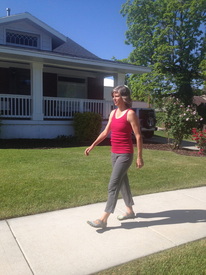 Springtime is upon us and that means sunny skies and no excuses not to get outside and walk. Here are some key points to keep in mind when walking:
Here are some stretches to lengthen your stride. Keep on Movin' : Susan McLaughlin is a physical therapist who specializes in the management of pelvic floor and orthopedic dysfunctions. She is the owner of ALIGN integration|movement in Salt Lake City, UT. Helpful tips and other self care strategies can be found at www.alignintegrationandmovement.com.
|
AuthorSusan McLaughlin, FEEL GOOD SERIES:
|
|
|
Archives
November 2022
May 2022
November 2021
April 2021
December 2020
September 2020
July 2020
June 2020
May 2020
April 2020
February 2020
October 2019
September 2019
August 2019
July 2019
March 2019
January 2019
December 2018
November 2018
September 2018
August 2018
June 2018
March 2018
February 2018
January 2018
December 2017
November 2017
October 2017
August 2017
July 2017
May 2017
March 2017
February 2017
January 2017
December 2016
November 2016
September 2016
August 2016
July 2016
June 2016
May 2016
April 2016
February 2016
January 2016
December 2015
November 2015
October 2015
September 2015
August 2015
July 2015
June 2015
May 2015
February 2015
January 2015
December 2014
November 2014
October 2014
August 2014
June 2014
May 2014
March 2014
February 2014
January 2014
December 2013
November 2013
October 2013
August 2013
July 2013
June 2013
May 2013
March 2013
January 2013
December 2012
November 2012
October 2012
September 2012
August 2012
July 2012
June 2012
May 2012
April 2012
March 2012
February 2012
January 2012

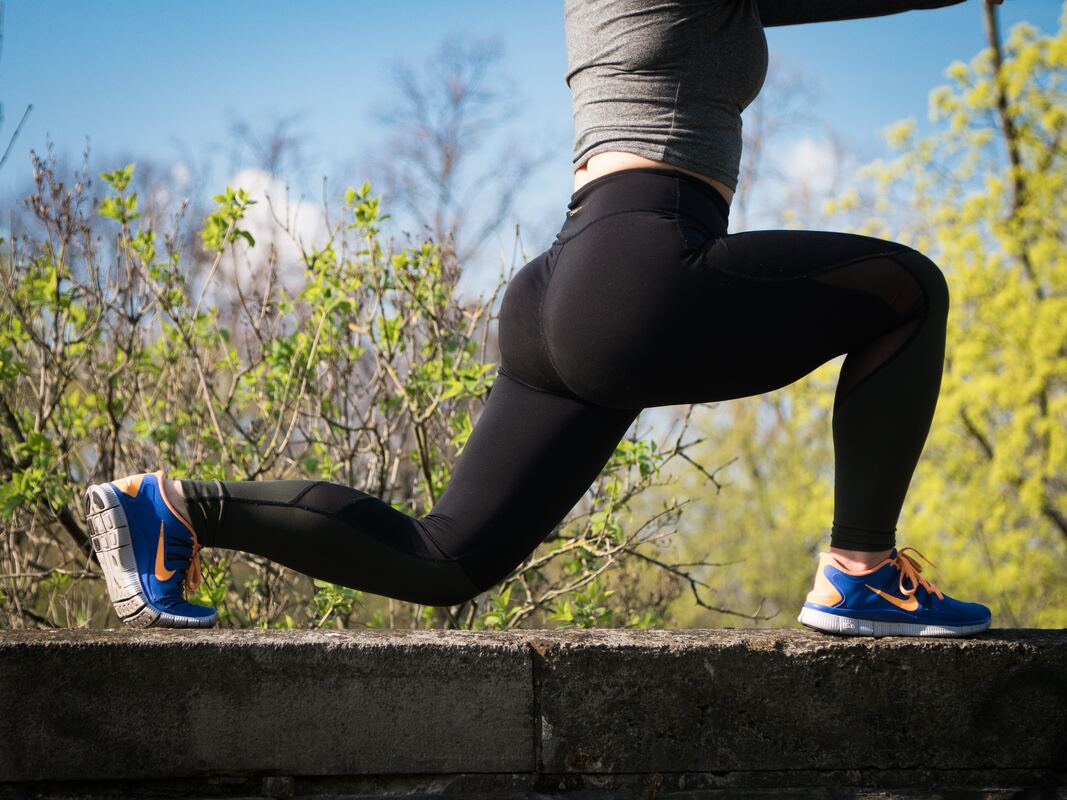

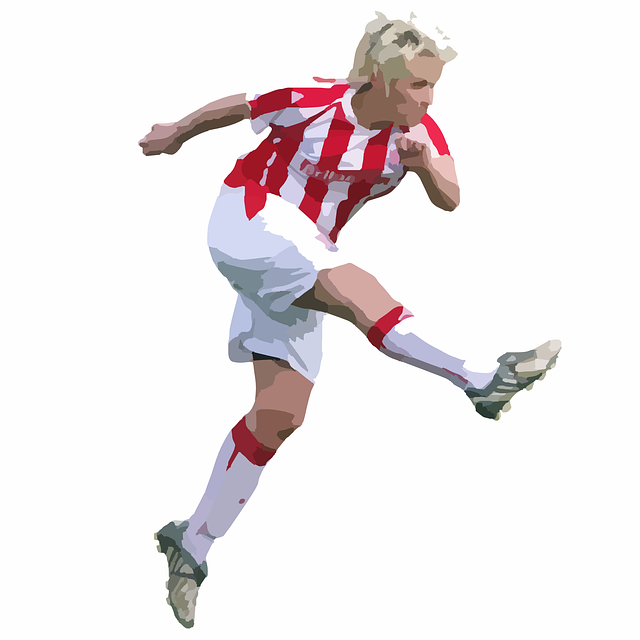
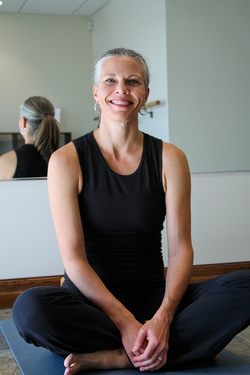
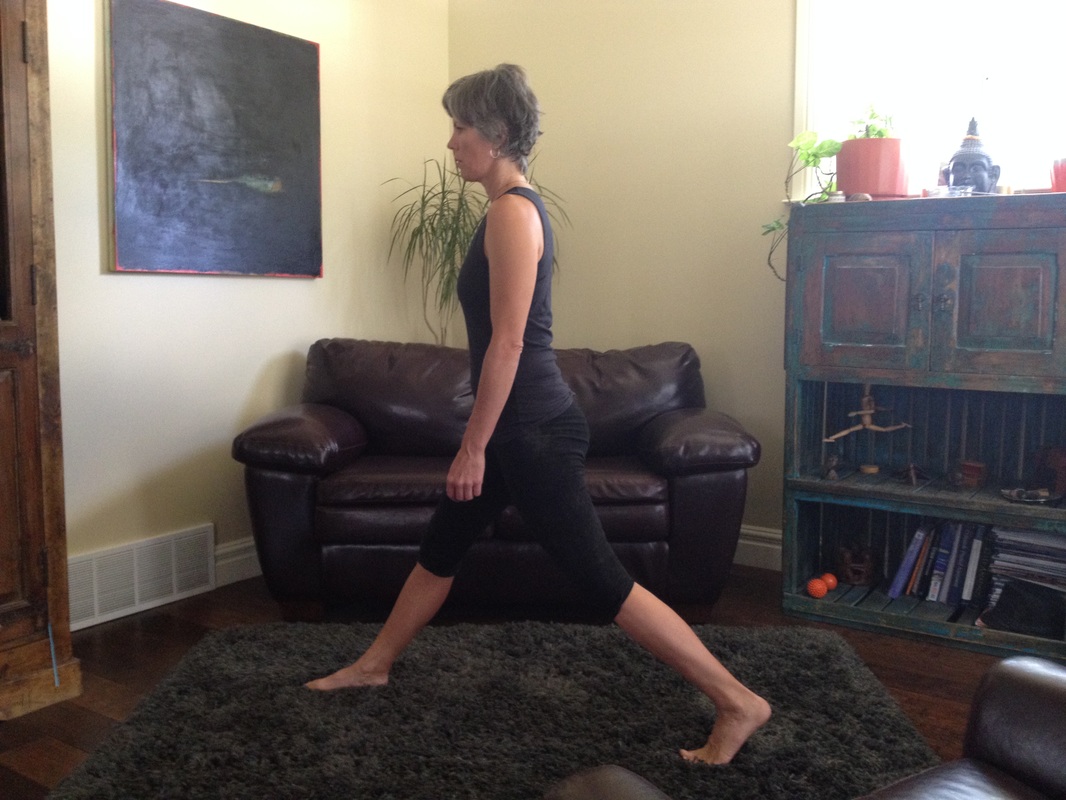
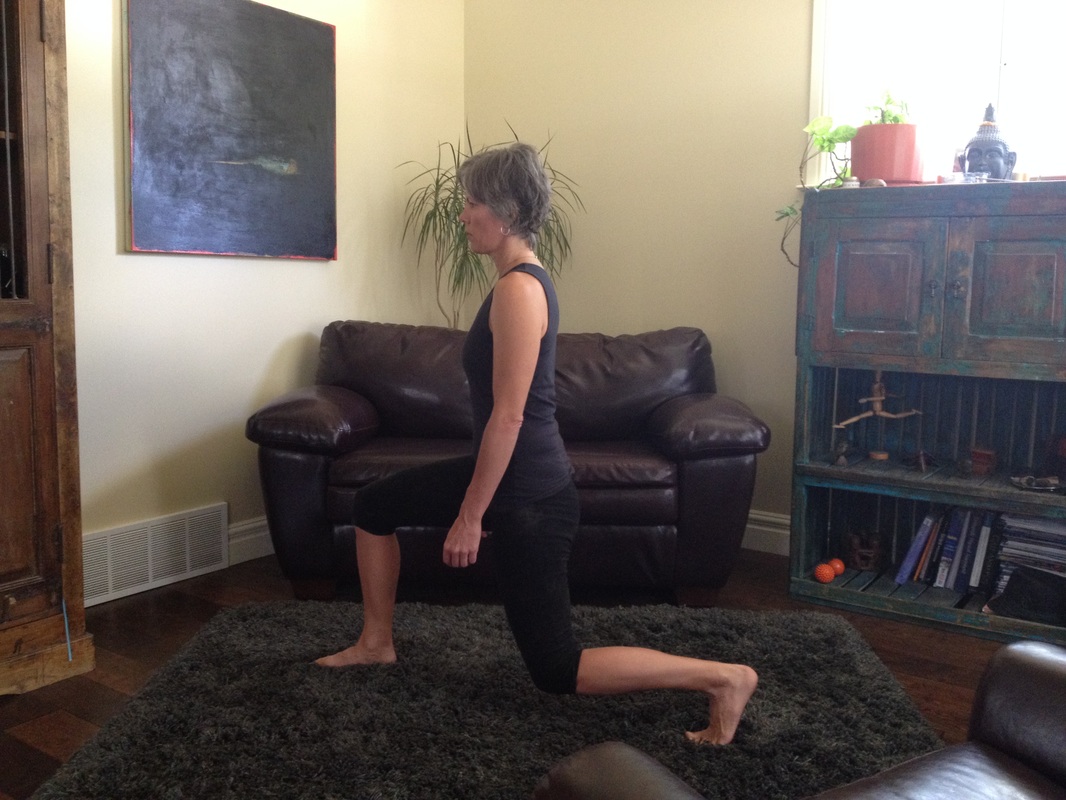
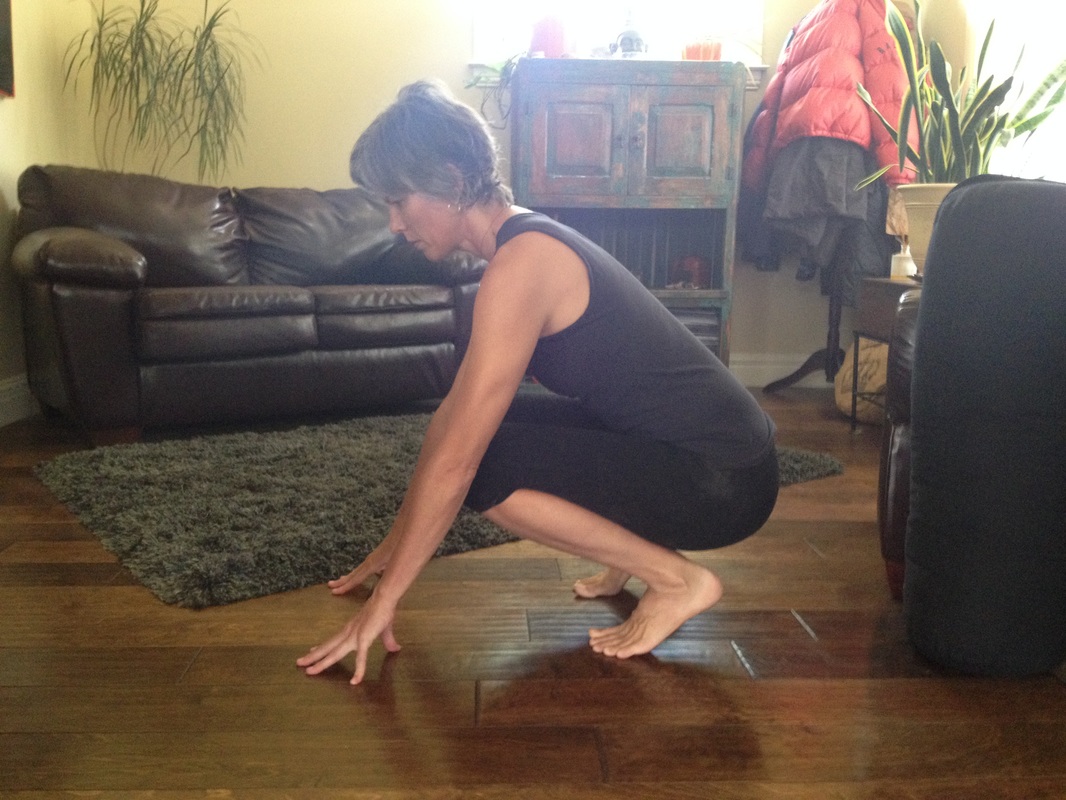
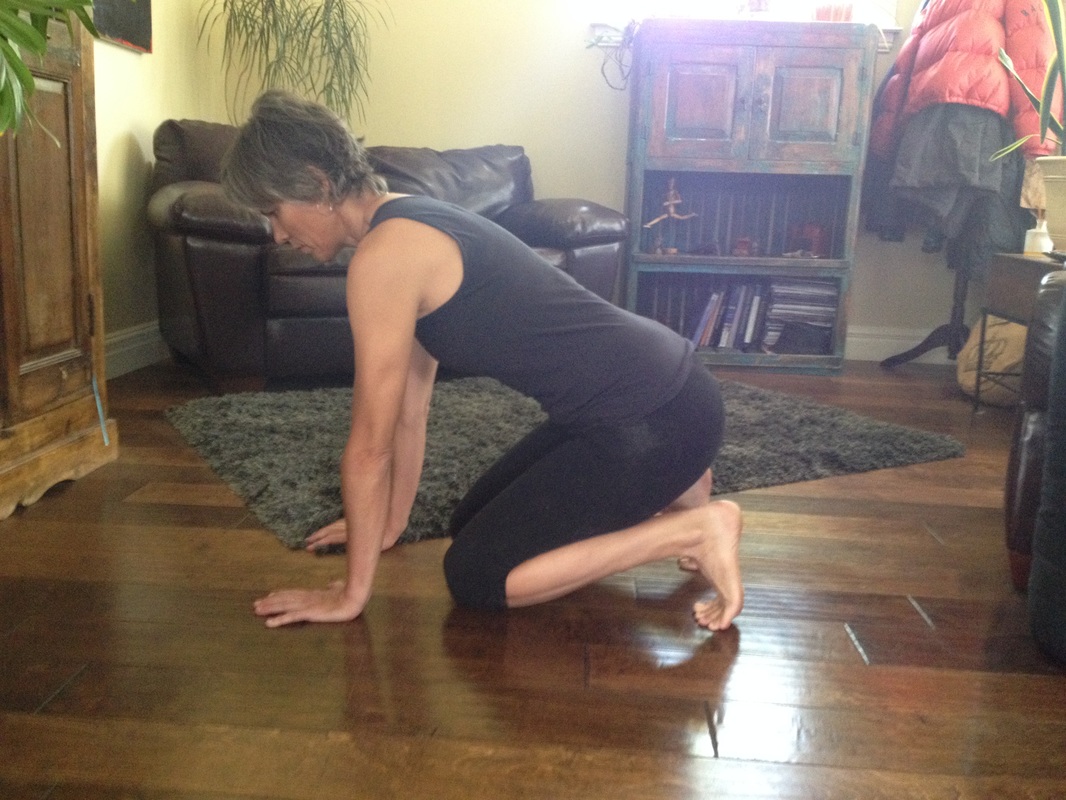
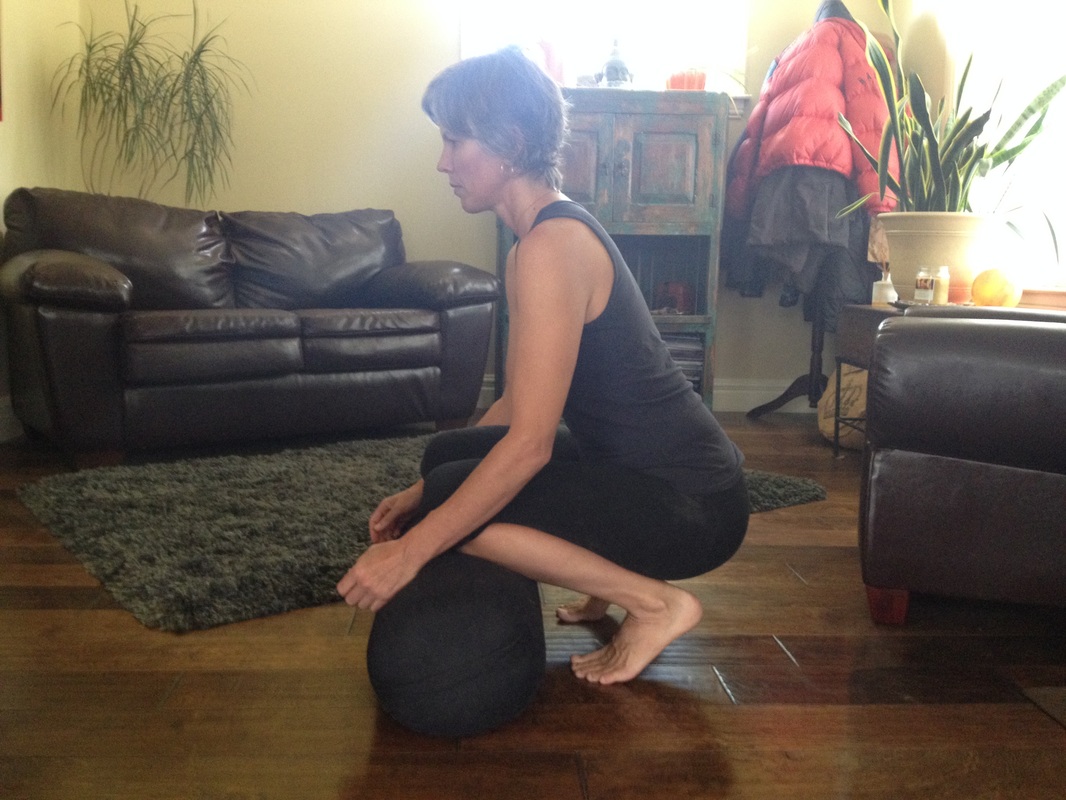
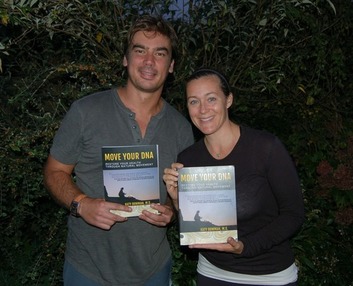
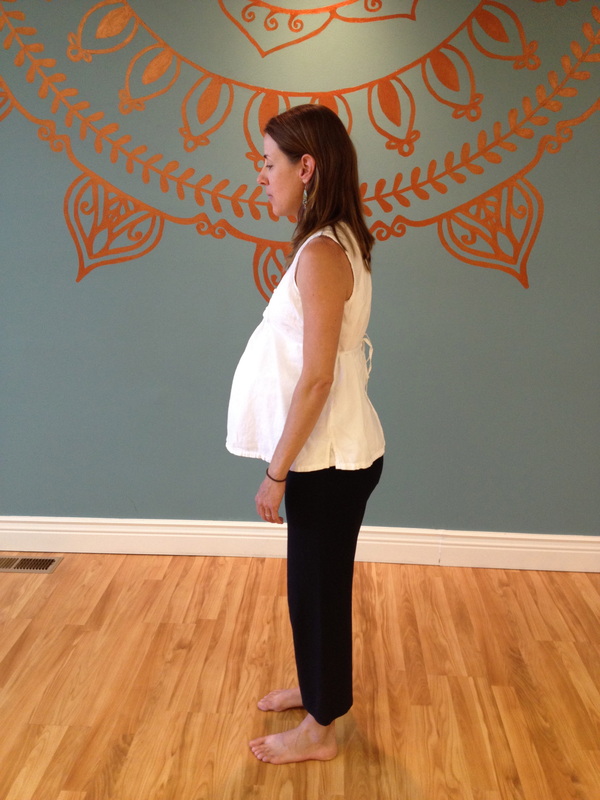
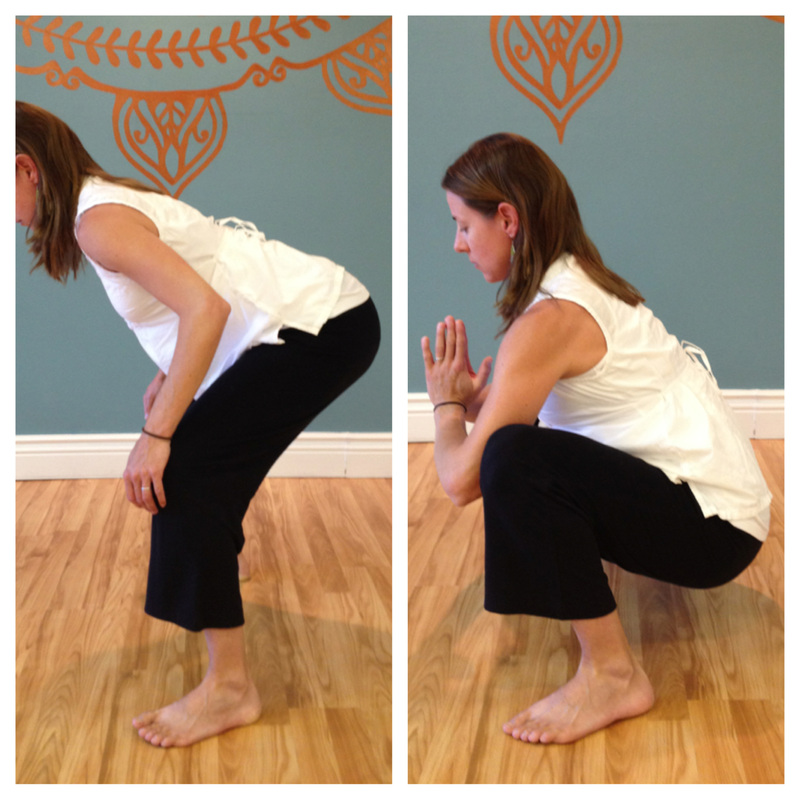



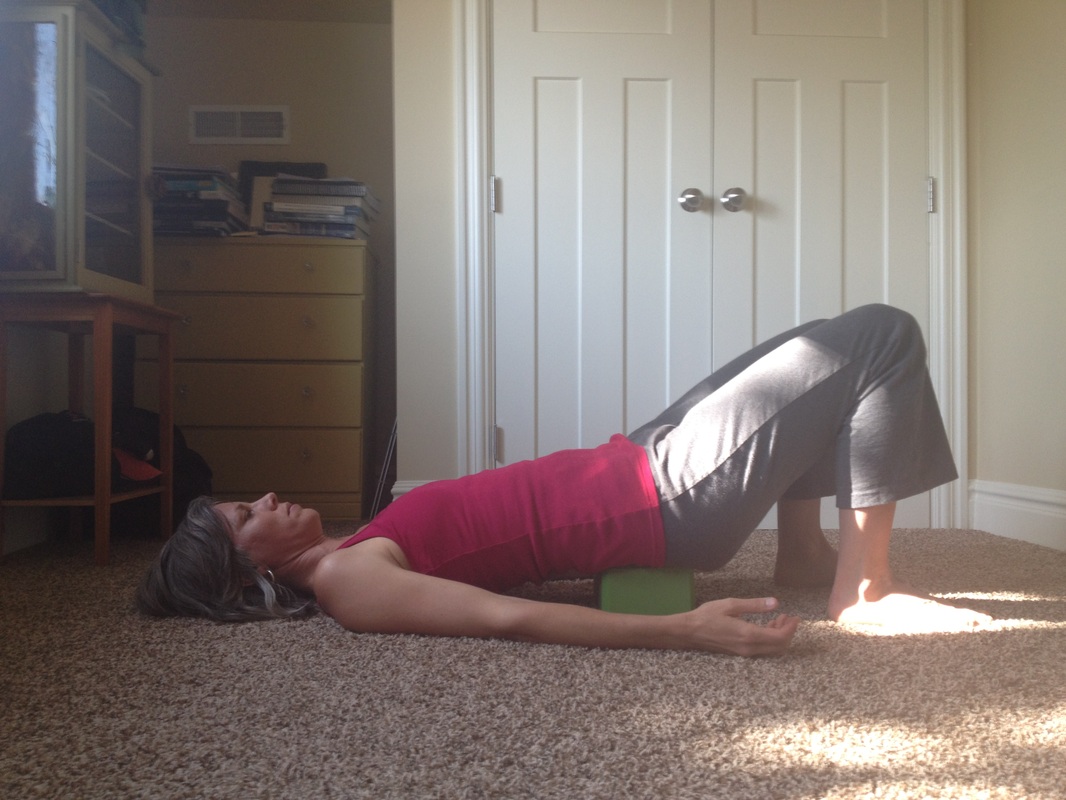
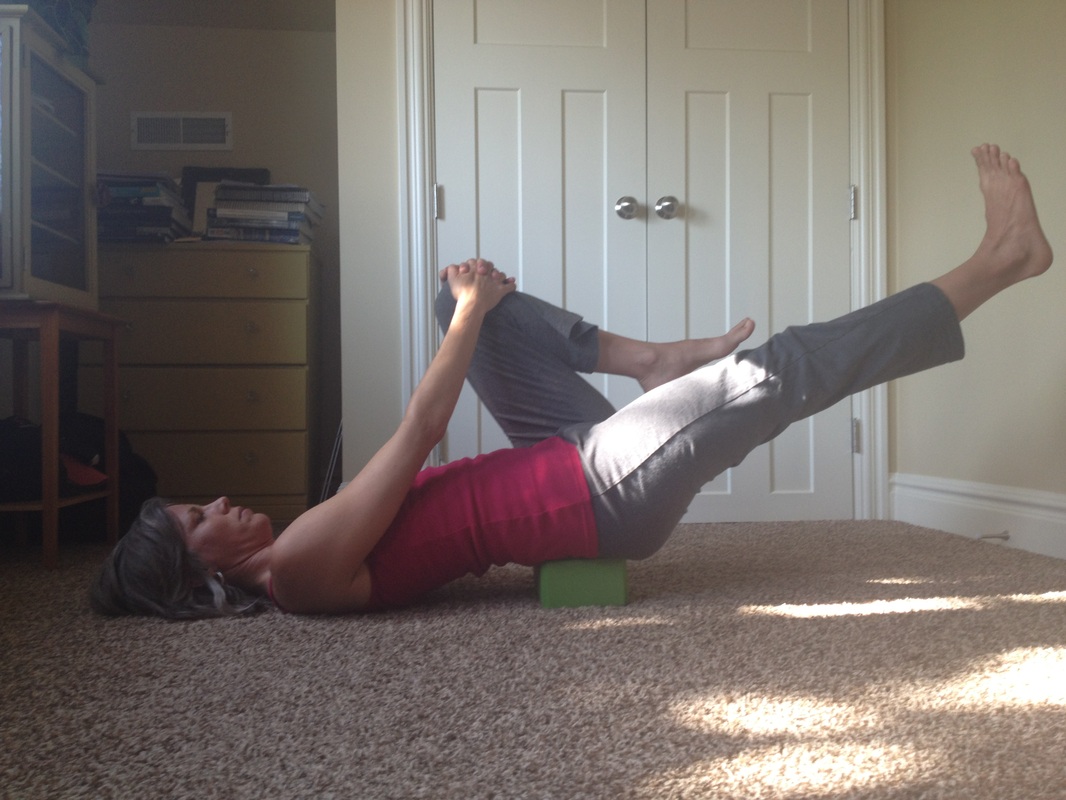
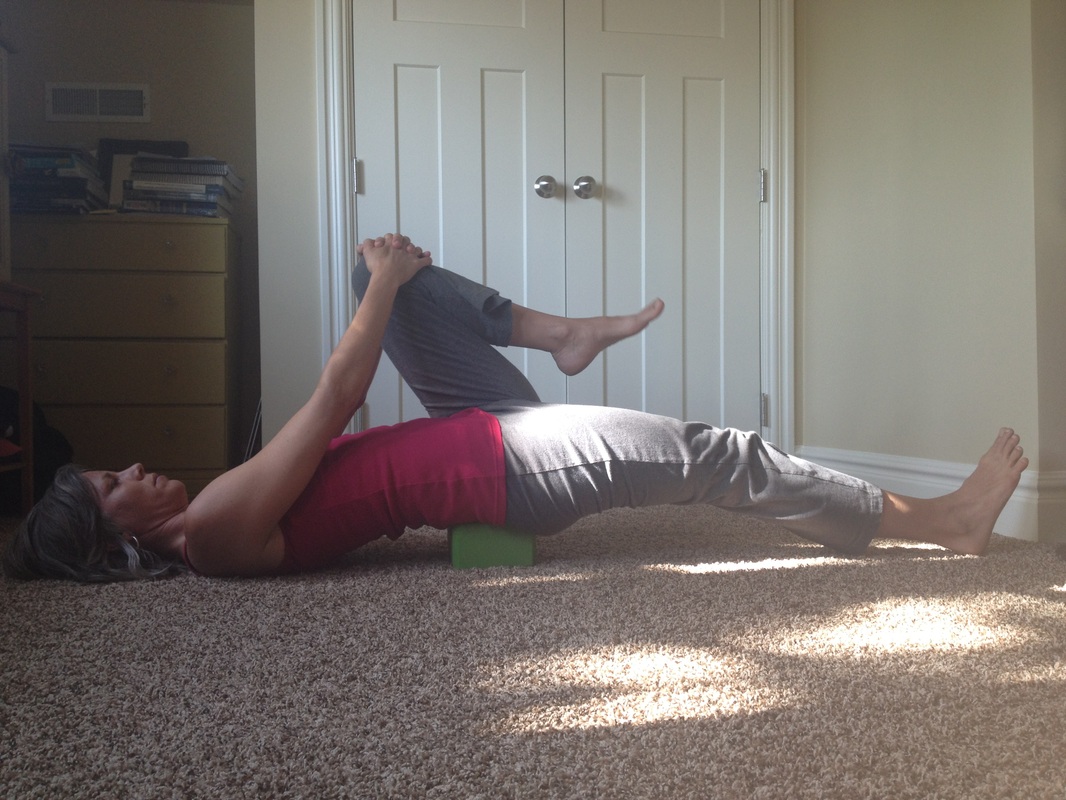






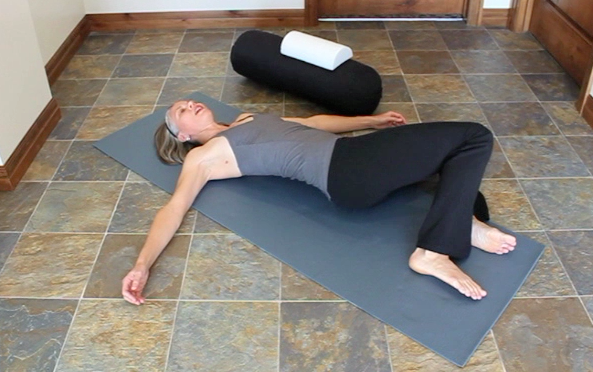
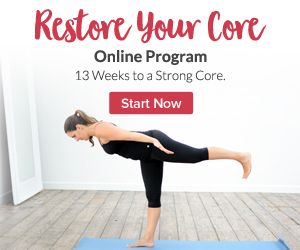


 RSS Feed
RSS Feed